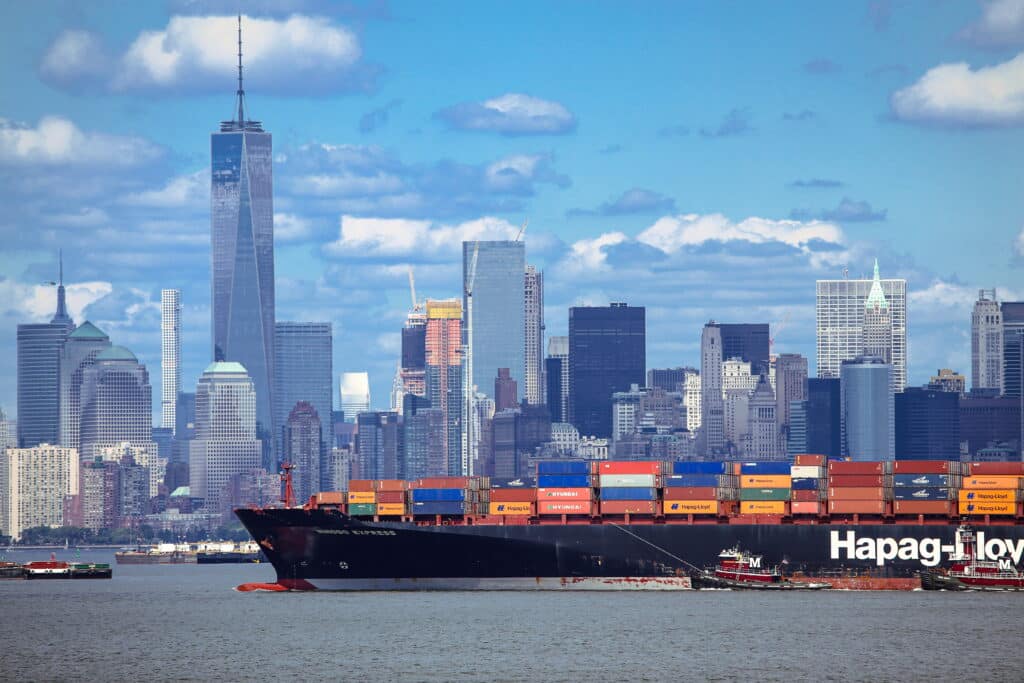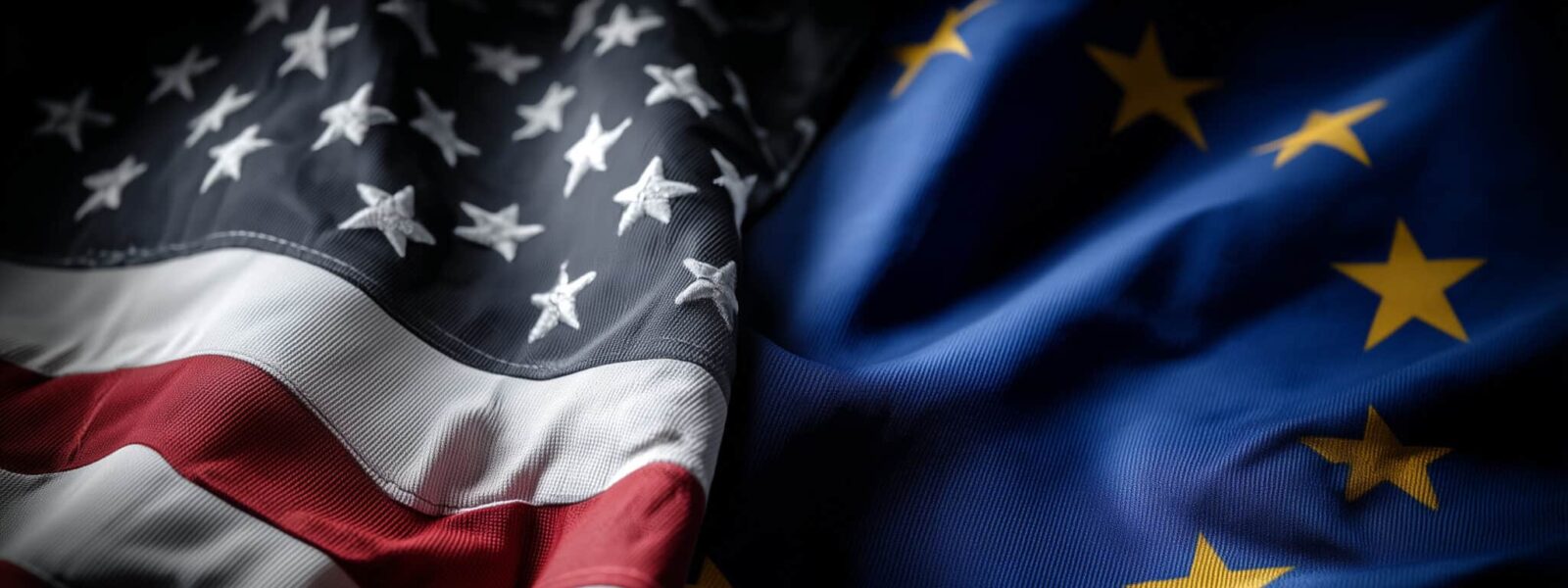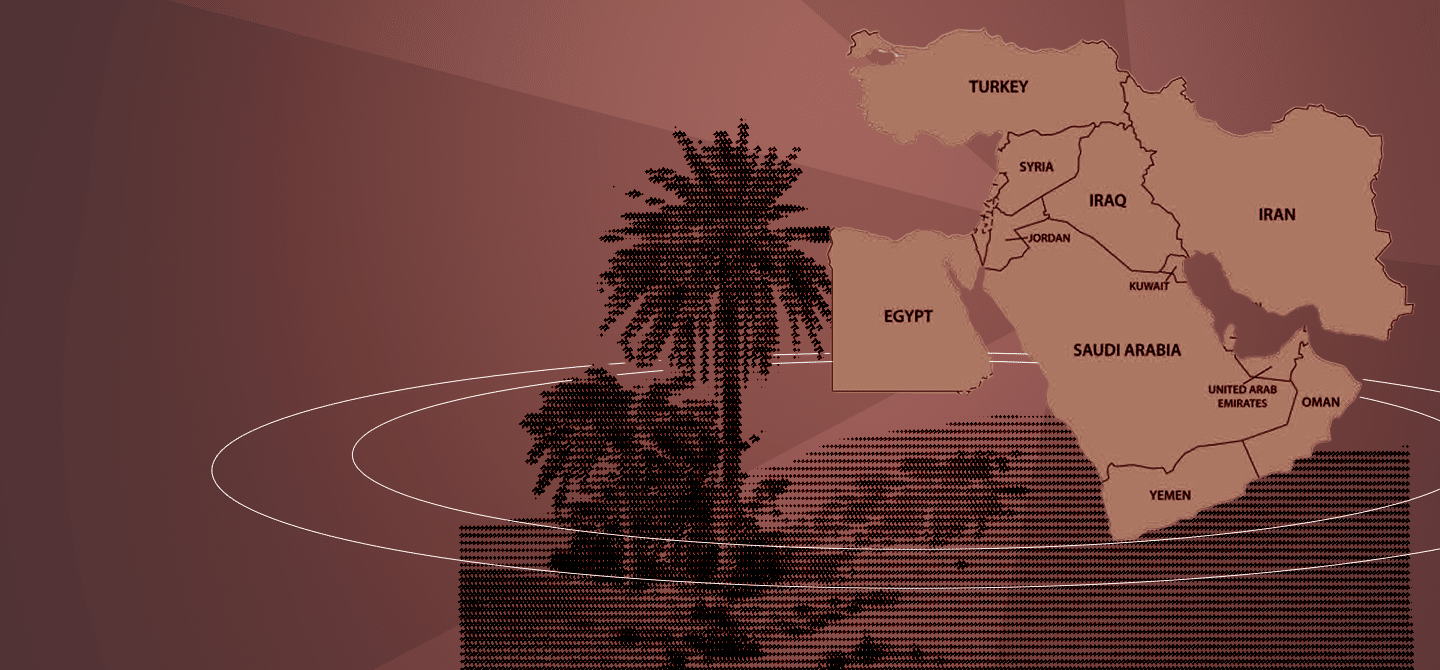Tariffs : should the EU respond before 9th July ?
- Since 9th April 2025, the United States has suspended reciprocal customs duties imposed on a large number of its trading partners.
- On 9th July 2025, this temporary freeze on tariffs will come to an end, and what happens next remains uncertain for international trade.
- Only the biggest players on the world trade market, the European Union and China, are in a position to fight back effectively against the United States.
- The anti-coercion instrument is of interest to the EU because it provides a legal basis for applying retaliatory measures penalising the export of American services to Europe.
- A major challenge for the EU in the current trade war is to preserve the achievements of economic multilateralism.
“Since 2nd April 2025, Donald Trump has turned the whole organisation of value chains upside down,” explained Christian Deblock in an article for Polytechnique Insights, shedding light on the recent upheavals linked to tariff hikes. On that date, the United States imposed universal customs duties of 10% on its trading partners and reciprocal tariffs on many of them. On 9th April, the federal government went one step further by imposing new surcharges on products from some sixty countries around the world. Then, on the same day, Donald Trump declared the suspension of reciprocal tariffs for 90 days, until 9th July 2025. In the meantime, an additional customs duty of 10% will apply to European Union imports entering the United States. As the 9th July deadline approaches, Isabelle Méjean, professor of economics at Sciences Po, agreed to answer our questions on the issues raised by this global trade war.
Trump’s trade ultimatum to the European Union ends on 9th July. What should the European Union do ? What role can business and government play in the tariff war ?
Isabelle Méjean. We have entered Donald Trump’s second term and the second phase of a trade war that began in 2018–2019. During the first term of the current US President, tariff attacks were mainly directed at China. However, the United States was already imposing tariffs on all countries, particularly on steel and aluminium. So, it’s nothing new for the European Commission to have to develop a strategy for retaliating against tariffs.
However, the situation has accelerated significantly since 2nd April. And since 9th April 2025, every country in the world has been facing a 10% tariff on their exports of goods to the United States. These tariffs are accompanied by the threat of additional ‘reciprocal tariffs’ on all countries with a trade surplus with the United States, such as the European Union, which exports more goods to the United States than it imports. The reciprocal tariffs are currently frozen until 9th July, and the greatest uncertainty today concerns what will happen after that fateful date.

To deal with these reciprocal tariffs, the European Commission has been preparing a response strategy since April, taking a number of variables into account. Firstly, a trade war is never desirable because it is costly for everyone. Secondly, only the biggest players can really fight back : the European Union and China. Unfortunately, countries such as Vietnam and Thailand are forced to conclude very disadvantageous deals because they do not have the market power of an economy like that of the European Union.
China, for example, has reacted very quickly to the US tariffs since April. Thanks to the size of its market and the scale of its exports, the European Union also has the capacity to implement a realistic response strategy. It is therefore preparing the ground for this response strategy while continuing to negotiate, which is complicated because institutions such as the European Commission or the French Treasury realise that there is no interlocutor in Washington today. And even if the European Union is theoretically capable of negotiating a win-win deal with the United States, this lack of interlocutors suggests that the European Union will have to introduce retaliatory measures.
Why is the European Union, which is a major trading power accounting for around 30% of world trade, behaving as if it were afraid ?
Today, the structure of world trade is built around a tripartite bloc. Three major trading blocs dominate the world : China, the European Union and the United States. By comparison, the other countries of the world have little impact on the international trading system. Of these three blocks, the European Union is in a relatively favourable position because it produces more manufactured goods than it consumes. It therefore has a trade surplus with the rest of the world, particularly the United States. For this reason, as we have seen, it is subject to the threat of reciprocal American tariffs.
Despite their considerable negotiating power in international trade, China and the European Union are not adopting the same kind of strategy today. For its part, China reacted quickly and strongly, having already won a tug of war with the United States – even if the word ‘win’ should be taken with caution here because tariffs on Chinese products in the United States are currently around 50%, which is still very high. They were 2.2% on average at the start of the 2018 trade war and 19.3% at the start of Donald Trump’s second term.
On the contrary, the European Union’s strategy is built on a long-term plan and on diplomacy. In a trade war, this slowness can be a strength. But we must also avoid it appearing as a sign of weakness. In my opinion, the European Union should have announced its strategy before 9th July, because there was an advantage in announcing the risks of possible retaliation against the United States. However, making such a choice is difficult and time-consuming because many European retaliation tools cannot be activated without the prior agreement of a qualified majority of Member States.
You mentioned possible retaliation. When we think of ‘trade’, we often think of ‘products’ but with the anti-coercion instrument, the big battle could be fought on the terrain of services, particularly digital services. Can you tell us more about this instrument ?
The anti-coercion instrument was introduced in 2023 and has never been used until now. It was originally intended to deal with coercion problems with China, which has regularly used economic weapons for geopolitical purposes over the last twenty years. To respond to coercive attacks, the European Union has equipped itself with a legal instrument. Today, it is possible to interpret the current trade war as a form of coercive measure, and to use this legal instrument as a basis for retaliation at European level.
But why are we currently talking so much about the anti-coercion instrument ? As we have already mentioned, the European Union has a goods surplus with the United States. However, it also has a deficit on its services balance. Europe imports far more American services than it exports. So, it’s not surprising that all Donald Trump’s retaliatory measures are calculated solely on the balance of goods, and not on the balance of services. By including services in international trade, the situation is partly reversed.

Today, Europe is being attacked on its comparative advantage : the balance of goods, with threats of tariffs on goods. In response, it has a range of tools at its disposal to retaliate against the United States on goods, because Europe also imports manufactured goods from the United States, which could be taxed. However, Europe is also heavily dependent on services exported from the US. This is why many economists and institutional members of the European Commission believe that retaliatory measures on services should not be ruled out. This is a very important cost lever for the United States.
We don’t usually talk about this because, unlike in the case of goods, we have no traditional trade policy instrument for services, which are produced and sold directly on national territory. It is precisely in this respect that the anti-coercion instrument is interesting, as it offers a legal basis for potentially implementing retaliatory measures that penalise mainly American service companies in Europe.
This legal possibility is therefore being discussed today, and to prevent services from being taxed would be a strategic error from the European point of view, even if the instrument has never been used to date and can only be used with the agreement of a qualified majority. However, there is some reluctance to use it in the event of a trade war, as it could generate even more tension. Some reluctant Member States, for example, describe it as a ‘weapon of mass destruction’.
Added to this is the fact that we in Europe are very vulnerable when it comes to services. The United States holds near-monopoly positions in the cloud and in IT services, segments in which we have no alternative except to join forces with Chinese companies, which ultimately raises the same problems of dependence. However, we must not forget that this instrument is a legal basis for taxing certain companies in an exceptional way by targeting them. There is still an infinite range of possible choices, more or less costly, to be made from this instrument.
Is it time for the European Union to ally itself with China against the United States, which is in the process of betraying the commitments it has long made ?
These differences with the United States do not make China a friend of Europe, because the Chinese regime has never been completely aligned with European international doctrine. However, China remains a privileged trading partner for Europe.
But there is another question : what is the future of the WTO and to what extent should Europe continue to be the driving force behind multilateralism ? If Europe does not want to give up, then it has no choice but to continue to move forward with the rest of the world, which includes China.
Even if China has always been a somewhat marginal player in the World Trade Organisation (WTO), multilateralism has immense advantages. It has been effective in maintaining and reducing trade barriers, but also in disseminating environmental standards on an international scale. Yet China’s retaliation against the US tariffs has so far been based on arguments that comply with WTO rules. China is therefore sending out a signal that it wishes to continue to play the multilateral game, which is also Europe’s choice. In the past, the alternative of a world trade system based on bilateral negotiations has already been tested and has proved to be much less effective.
To be continued on 9th July…















